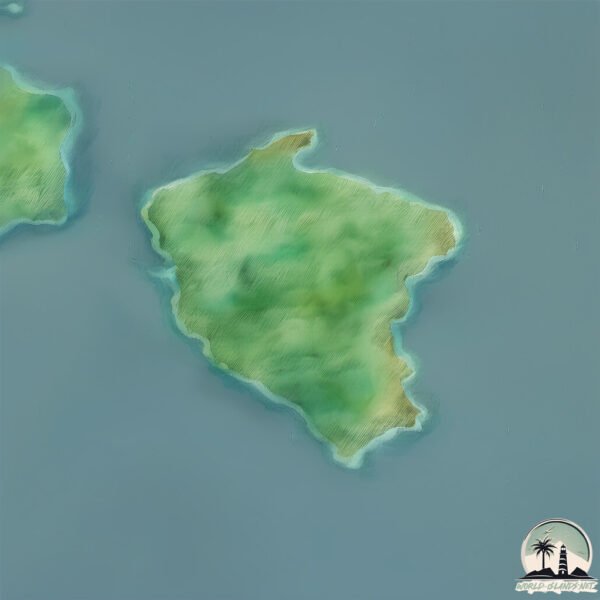Welcome to Kinkasan , a Temperate island in the North Pacific Ocean, part of the majestic Pacific Ocean. This guide offers a comprehensive overview of what makes Kinkasan unique – from its geography and climate to its population, infrastructure, and beyond. Dive into the details:
Geography and size of Kinkasan
Size: 10.2 km²Coastline: 19.7 kmOcean: Pacific OceanSea: North Pacific OceanContinent: Asia
Kinkasan is a Medium Island spanning 10 km² with a coastline of 20 km.
Archipel: Japan – An East Asian archipelago comprising four main islands and numerous smaller ones, known for its rich history, technological advances, and distinct culture.
Tectonic Plate: Eurasia – One of the world’s largest tectonic plates, the Eurasian Plate covers a significant portion of Europe and Asia. It’s characterized by diverse geological features, including the Ural Mountains, the European Plain, and the Himalayas formed from its collision with the Indian Plate.
The geographic heart of the island is pinpointed at these coordinates:
Climate and weather of Kinkasan
Climate Zone: TemperateClimate Details: Humid Subtropical ClimateTemperature: Hot Summer
Climate Characteristics: With continuous rainfall and hot summers, this climate is common in some coastal regions, supporting diverse vegetation.
Topography and nature of Kinkasan
Timezone: UTC+09:00Timezone places: Asia/TokyoMax. Elevation: 304 m Mean Elevation: 149 mVegetation: Deciduous Broadleaf ForestTree Coverage: 79%
The mean elevation is 149 m. The highest elevation on the island reaches approximately 304 meters above sea level. The island is characterized by Hills: Gently sloping landforms with rounded tops, having a maximum elevation between 200 and 500 meters. Hills contribute to a varied landscape on islands.
Dominating Vegetation: Deciduous Broadleaf Forest
Vegetation: 5 vegetation zones – Highly Diverse Island
Infrastructure and Travelling to Kinkasan
Does the island have a public airport? no .
Does the island have a major port? no .
The mean population of Kinkasan is 295 per km². Kinkasan is Moderately Inhabited. The island belongs to Japan .
Continuing your journey, Awa Shima is the next notable island, situated merely km away.
Kinkasan Island Full Trek
[Kinkasan Island Full Trek] was a trial tour organized by FIRST ASCENT JAPAN. and Kinkasan Tourism Promotion Project ...
Kinkasan Island Full Trek
[Kinkasan Island Full Trek] was a trial tour organized by FIRST ASCENT ...
[Kinkasan Island Full Trek] was a trial tour organized by FIRST ASCENT JAPAN. and Kinkasan Tourism Promotion Project ...
【No.41】Kinkasan (Ishinomaki, Miyagi) The most faithful island in Tohoku Region
Kinkasan (Ishinomaki City, Miyagi Pref.) Date: October 23, 2021. List ...
Kinkasan (Ishinomaki City, Miyagi Pref.) Date: October 23, 2021. List of inhabited islands in Japan(Japanese) ...
Michinoku Coastal Trail: Kinkasan Island | みちのく潮風トレイル 金華山
Day Hike on the Michinoku Coastal Trail! みちのく潮風トレイル ルート動画 金華山 区間 ...
Day Hike on the Michinoku Coastal Trail! みちのく潮風トレイル ルート動画 金華山 区間 ハイカー、ロングトレイル挑戦者向け ...
Japan is classified as Developed region: G7: Group of Seven – Major advanced economies, including Canada, France, Germany, Italy, Japan, the United Kingdom, and the United States. The level of income is High income: OECD.
News – Latest Updates and Headlines from Kinkasan
Stay informed with the most recent news and important headlines from Kinkasan. Here’s a roundup of the latest developments.
Loading...
Please note: The data used here has been primarily extracted from satellite readings. Deviations from exact values may occur, particularly regarding the height of elevations and population density. Land area and coastline measurements refer to average values at mean high tide.

